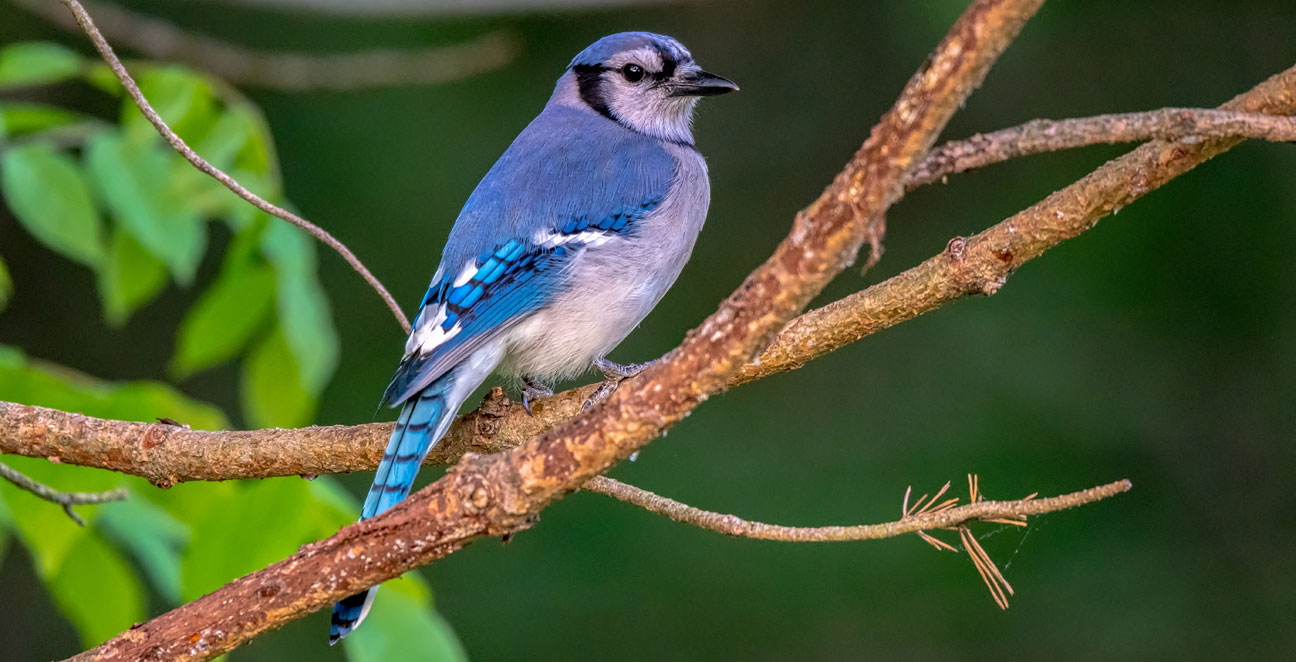
Bald Eagle
Scientific Name:
Haliaeetus leucocephalus
Length:
27.9-37.8 in (71-96 cm)
Weight:
105.8-222.2 oz (3000-6300 g)
Wingspan:
80.3 in (204 cm)
Nest:
The birds stack and interweave sticks and branches to create a bulky nest and line its center with soft material such as moss, grass, twigs and feathers.
Eggs:
2, sometimes 1-3. White. Incubation is by both parents, 34-36 days.
Feeding Behavior:
Mostly fish when available, also birds, mammals including herring, salmon, carp, catfish, many others. When fish are scarce, may eat birds or mammals. Sometimes eats turtles, crabs, shellfish, other items. Often feeds on carrion; when fish or carrion readily available, may catch few birds or mammals.
Young:
At least one parent remains with young almost constantly for first 2 weeks. Both parents bring prey to nest, tearing food into small pieces and feeding it directly to young at first; after 3-6 weeks, young begin pecking at food dropped in nest. In seasons when prey is scarce, only largest young may survive. Age at first flight about 10-12 weeks.
Range:
Many southern and coastal adults are permanent residents (as far north as Aleutian Islands). Birds from far northern interior migrate south in winter. Immatures from Florida may migrate far north (even to Canada) during their first summer.
Brief Description:
They have a dark brown body, a white tail, and a white head and shoulders. It has bright yellow eyes; a large, hooked yellow bill; and powerful yellow legs and talons. Young bald eagles don't have a white head and shoulders until they are about five years old. Bald eagles are not bald; the name derives from an older meaning of the word, "white headed". The adult is mainly brown with a white head and tail. The highly developed talon of the hind toe is used to pierce the vital areas of prey while it is held immobile by the front toes.